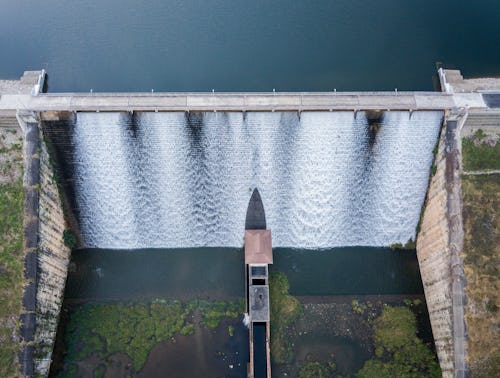After years of conflict, Native tribes and environmentalists have struck a deal on hydroelectric dams
Native lands have huge potential for hydroelectric energy. But expansion has often come at the communities’ expense.

For years, Native American tribes and government agencies have been at odds when it comes to the construction of hydroelectric dams. But with the threat of climate change looming and creating a newfound middle ground, the groups have come together on an agreement to expand renewable energy projects on Native lands.
According to a report from The Wall Street Journal, a deal four years in the making has finally been struck between Native tribes and environmentalists that will expand the number of hydroelectric dams across the U.S. while allowing the tribal groups to retain final authority on permits for the projects.
Under this new agreement — which still has to be approved by Congress, a tricky task given the narrow Democratic majority — hydroelectric power could be added to existing dams within the next two years. Approval for off-river pumped-storage projects, which are used to store generated energy for later, will also speed up, with new projects expected within the next three years. Tribal groups will have the ability to require permits for the protection of tribal resources and protection of biodiversity and wildlife for any of these projects.
Hydroelectric power is a promising and growing source of renewable energy across the U.S. It currently accounts for 7% of total electricity generation in the country, including more than one-third of all renewable energy production, per the Department of Energy.
Expanding those projects is vital, but doing so in a way that both utilizes and protects Native lands has proven to be complicated. The National Renewable Energy Laboratory estimates that Native lands contain the potential to generate 7 million megawatt hours (MWh) of electricity — enough to power about 650,000 homes. But haphazardly expanding projects on tribal lands has caused issues for Native communities in the past, cutting off access to essential resources and disrupting the life cycle of fish and other animals that tribes count on.
Hopefully, this new arrangement will assuage those problems and allow tribal communities more control over their land. It’s a promising development, though the result of the unfortunate truth that climate change is happening and these communities will be on the frontlines of the fight.